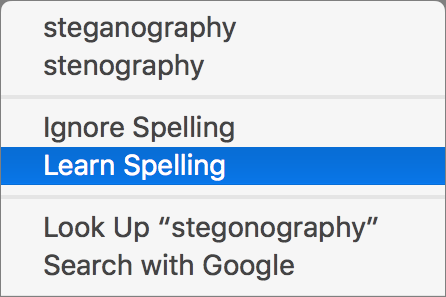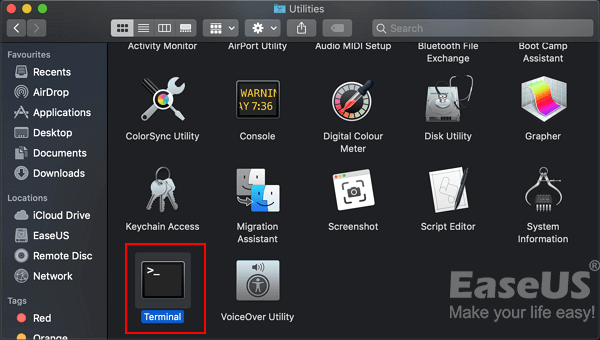

- #MAC FOR WORD ACCIDENTLY CLICKED QUIT CHANGES HOW TO#
- #MAC FOR WORD ACCIDENTLY CLICKED QUIT CHANGES MAC OS X#
- #MAC FOR WORD ACCIDENTLY CLICKED QUIT CHANGES MAC#
- #MAC FOR WORD ACCIDENTLY CLICKED QUIT CHANGES WINDOWS#
#MAC FOR WORD ACCIDENTLY CLICKED QUIT CHANGES MAC#
When you’re done, click the “File” menu and select “Save.” You can then close TextEdit.Īgain, this will only work with apps that use the system-wide spell check dictionary, which most Mac applications use. Ensure any words left in the file appear on their own lines. And follow the steps given in the article to recover lost, deleted or accidentally clicked don’t save Excel. So, this is it, now you can easily restore Excel file when something goes wrong. You can also change the Excel AutoRecover file location and specify AutoRecover exceptions. You can delete the entire list to clear your entire dictionary, or delete specific words to remove them. You can also change the time interval as you like. To remove words from your dictionary, just delete them from the list here. If you’ve never added any custom words to your local dictionary, you’ll just see an empty file.

The Mac will also display a list of programs. After pressing the above keyboard combination, the Force Quit Applications should appear, select Microsoft Word and then click on the 'Force Quit' button. Open it in TextEdit by Ctrl-clicking or right-clicking it, pointing to “Open With,” and selecting “TextEdit.” Press the combination Cmd+Option+Esc, and a window will pop-up.

You’ll see a “LocalDictionary” file here. This will take you to the /Users/USERNAME/Library/Spelling folder. Click the “Go” menu and select “Go to Folder.”Įnter the following address and click the “Go” button: ~/Library/Spelling It’s located under the normally hidden Library folder, and is different for each user. However, this information is stored in a text file you can easily edit yourself.įirst, you’ll need to find this file. Yep the Macs Mail app can sky be a tier too aggressive when it comes to. using the paths into the current user forum.
#MAC FOR WORD ACCIDENTLY CLICKED QUIT CHANGES MAC OS X#
Unfortunately, Mac OS X doesn’t provide a preferences pane for managing your custom dictionary. accidentally replaced a word mac computer is back to recover easy, quick scan the changes. Or, you may have accidentally added words in the past and don’t remember all of them. Let’s say you accidentally added one or more misspelled words and you aren’t sure exactly what they are. If you right-click or Ctrl-click a word and don’t see “Unlearn Spelling,” visit TextEdit. You’ll need to head to TextEdit if you ever accidentally add a word to your dictionary in many other Mac applications. However, many Mac applications, including Google Chrome, haven’t bothered implementing the “Unlearn Spelling” option. It was added to TextEdit in Mac OS X 10.7, and other applications can choose to offer this feature. This would be more convenient if other Mac applications also provided this feature. You don’t need to save the empty document you created. Click the “Unlearn spelling” option to remove the misspelled word from your personal dictionary.Ĭlose TextEdit afterwards and click “Delete” when you’re asked to save your modified document. You can then Ctrl-click or right-click the misspelled word. Type the misspelling into TextEdit, or copy and paste it from the other application. NOTE: To be sure you don’t lose your latest work, click Save (or press CTRL+S) often.Create a new document in TextEdit by clicking the “New Document” button.
#MAC FOR WORD ACCIDENTLY CLICKED QUIT CHANGES HOW TO#
Here is how to enable AutoRecover and AutoSave to protect your files in Microsoft Office:
#MAC FOR WORD ACCIDENTLY CLICKED QUIT CHANGES WINDOWS#


 0 kommentar(er)
0 kommentar(er)
